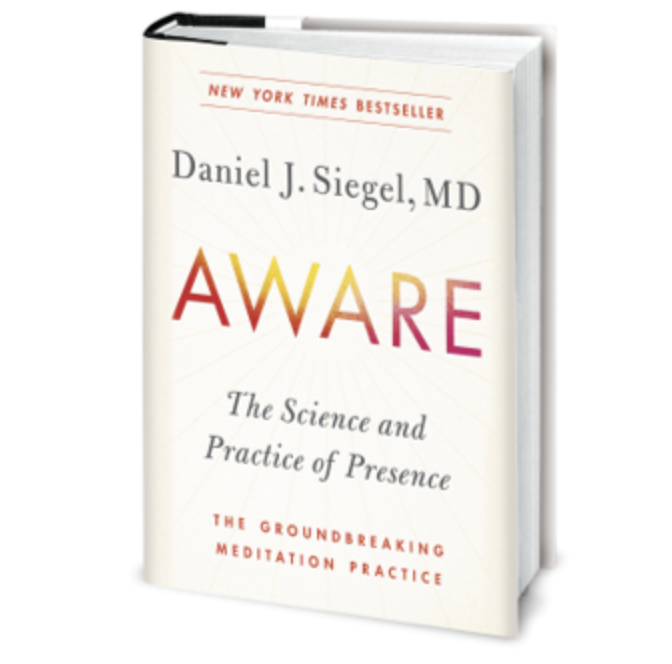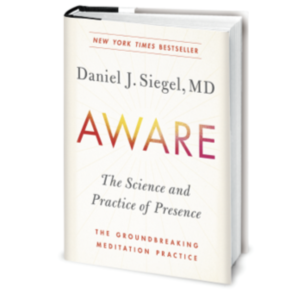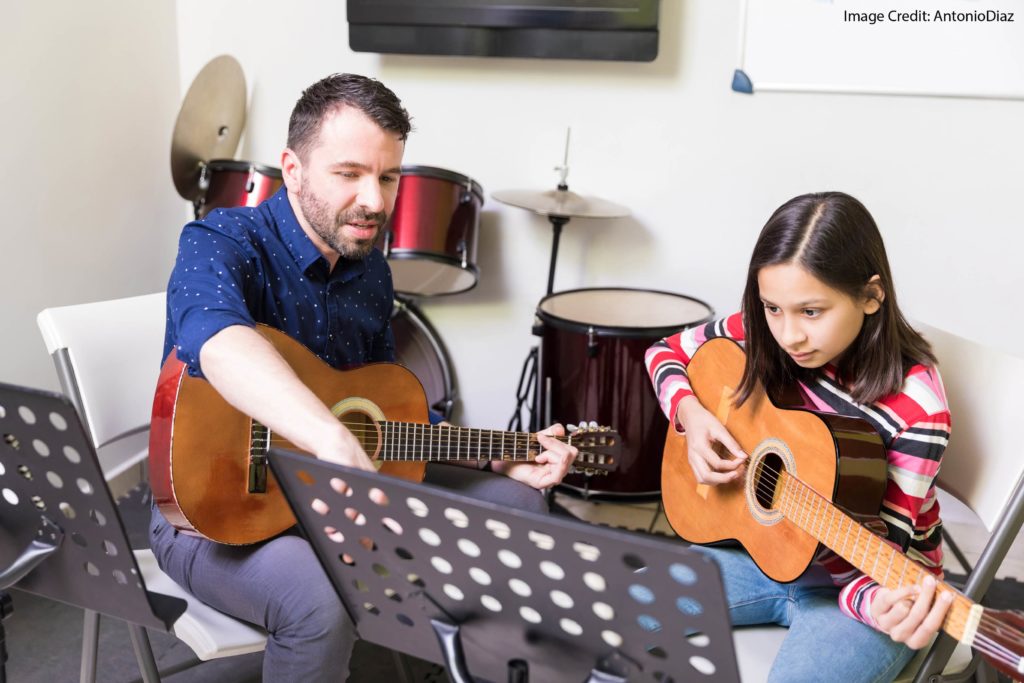Early math instruction includes daunting complexities.
We need our students to understand several sophisticated concepts. And, we need them to learn a symbolic language with which to represent those concepts.
Take, for example, the concept of equivalence. As adults, you and I can readily solve this problem : 3+4 = 4 + __
Early math learners, however, can easily stumble. Often, they take the equals sign to mean “add up all the numbers,” and believe the correct answer to that question is “10.”
How can we help them through this stage of understanding?
Strategy #1: Switch from Abstract to Concrete
The first answer to the question seems quite straightforward. If the abstract, symbolic language of math (“3+4=___”) confuses students, let’s switch to a more concrete language.
For instance: “If my frog puppet has three oranges, and your monkey puppet has four oranges, how many oranges do they have together?”
It just seems logical: the switch from abstract to concrete ought to help.
Alas, those concrete examples have a hidden downside.
As Dan Willingham argues in Why Don’t Students Like School?, humans naturally focus on surface features of learning.
When children see monkeys and frogs and oranges, they associate the lesson with those specific entities–not with the underlying mathematical properties we want them to learn.
In edu-lingo, concrete examples can inhibit transfer. Students struggle to transfer a lesson about oranges and puppets to anything else.
Strategy #2: “Fade” from Concrete to Abstract
Taking their cue from Jerome Bruner, psychology researchers wondered if they could start with concrete examples and then, over time, switch to more abstract examples.
For instance, students might start learning about mathematical equivalence by using a balance. When they put an equal number of tokens on both sides, the balance is level.
In the second step, they do practice problems with pictures of a balance and tokens.
And, in the final step, they see abstract representations: 2 + 5 = 5 + __.
They describe this technique as “concreteness fading.”
And, sure enough, it worked. In this case, “worked” meant that students who learned equivalence though a concreteness fading method transferred their knowledge to different–and more difficult–problems.
They did so better than students who learned in a purely abstract way. And, better than students who learned in a purely concrete way. (And even, as a control condition, better than students who started with an abstract representation, and then switched to concrete.)
By the way: these researchers tested their hypothesis both with students who had a relatively low level of knowledge in this area, and those who had a high level of knowledge. They got (basically) the same results both times.
An Essential Detail
When we teachers try to incorporate psychology research into our teaching, we can sometimes find that it conflicts with actual experience.
In this case, we might find that our young math learners just “get it” faster when we use frog puppets. Given that experience, we might hesitate to fade over to abstract teaching.
This research shows an intriguing pattern.
Sure enough, students who began with concrete examples made fewer mistakes on early practice problems. And, that finding was true for both the “concrete only” group and the “concreteness fading” groups.
In other words, the “abstract only” group did worse on the early practice problems than did those groups.
But…and this is a CRUCIAL “but”…the “concrete only” group didn’t do very well on the transfer test. Their raw scores were the lowest of the bunch.
However, the “concreteness fading” group did well on the early problems AND on the transfer test.
It seems that, as the researchers feared, too much concrete instruction reduced transfer.
In sum: “concreteness fading” gives young math learners both a helpfully clear introduction to math concepts and the abstract understanding that allows transfer.
Fyfe, E. R., McNeil, N. M., & Borjas, S. (2015). Benefits of “concreteness fading” for children’s mathematics understanding. Learning and Instruction, 35, 104-120.





















